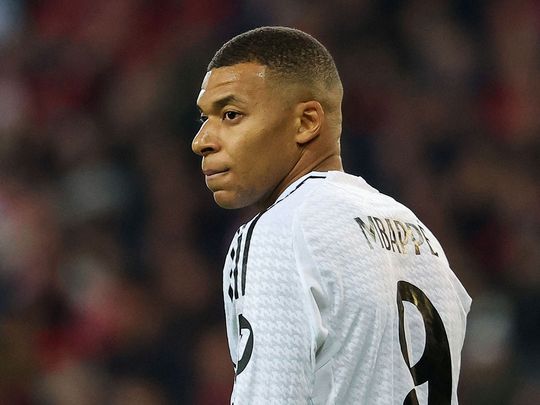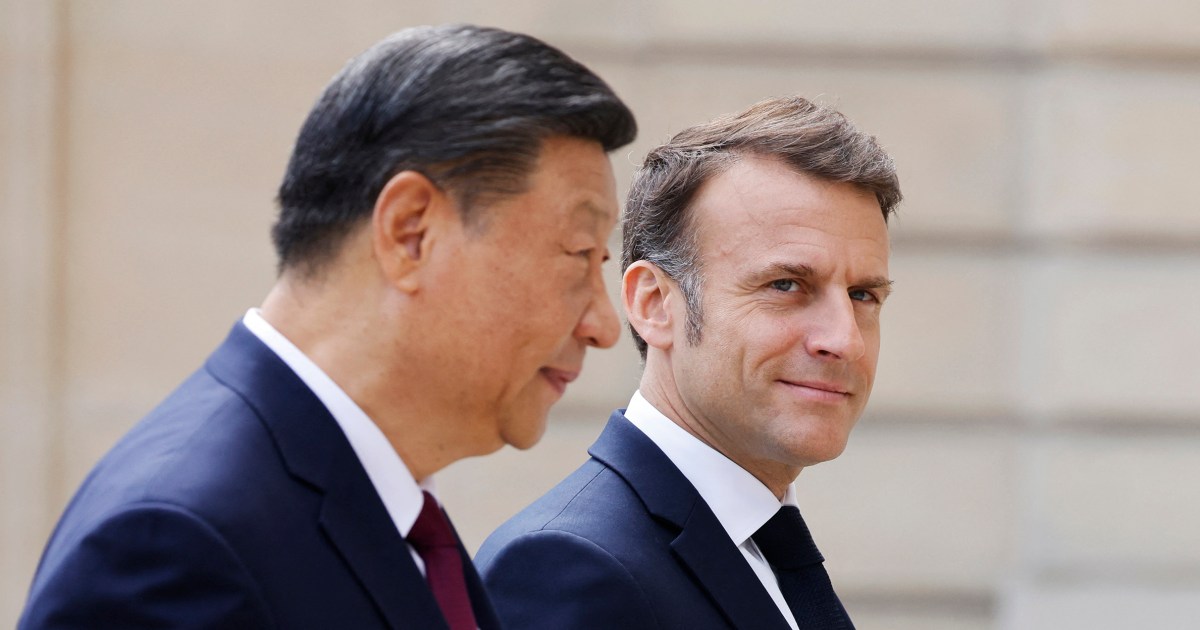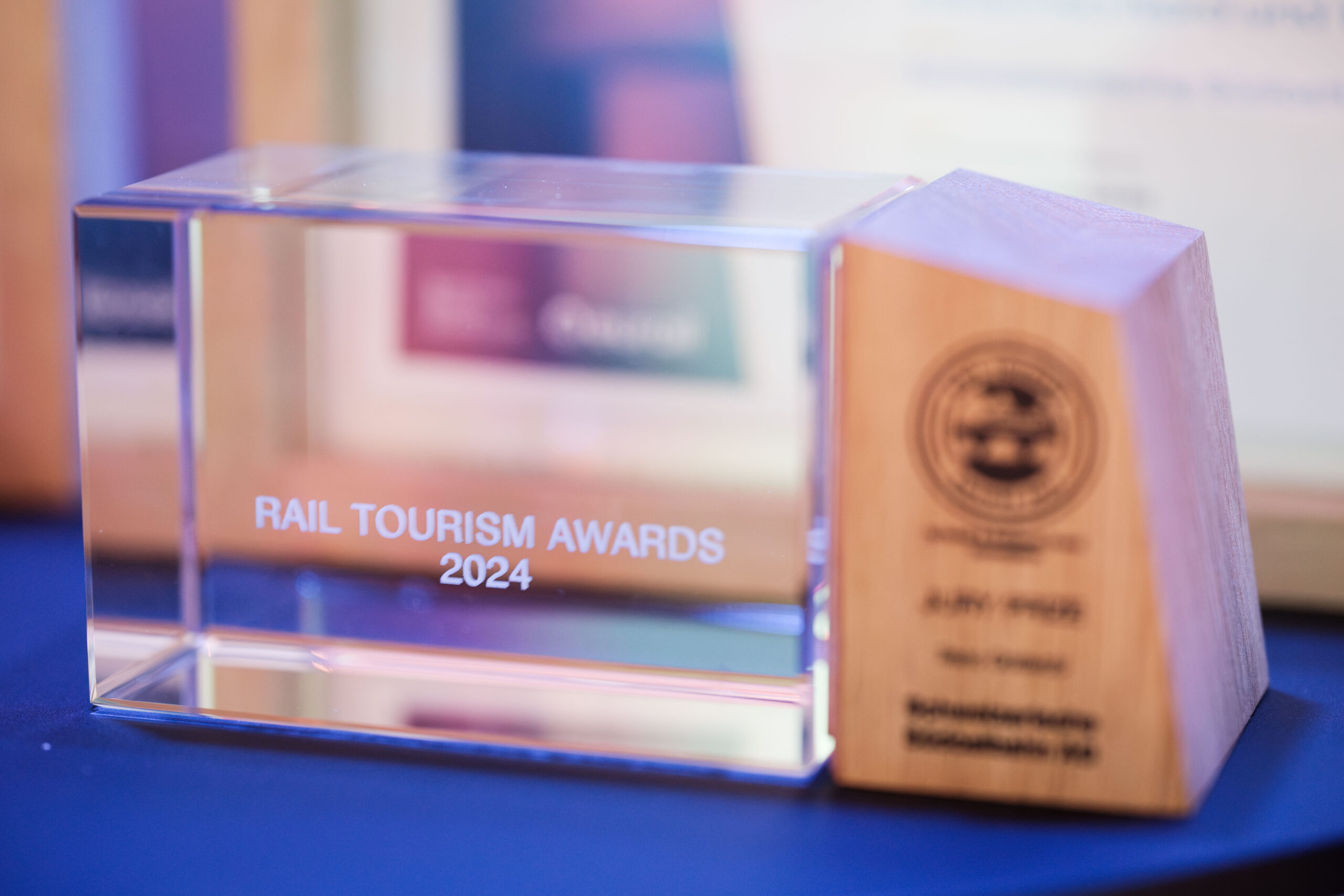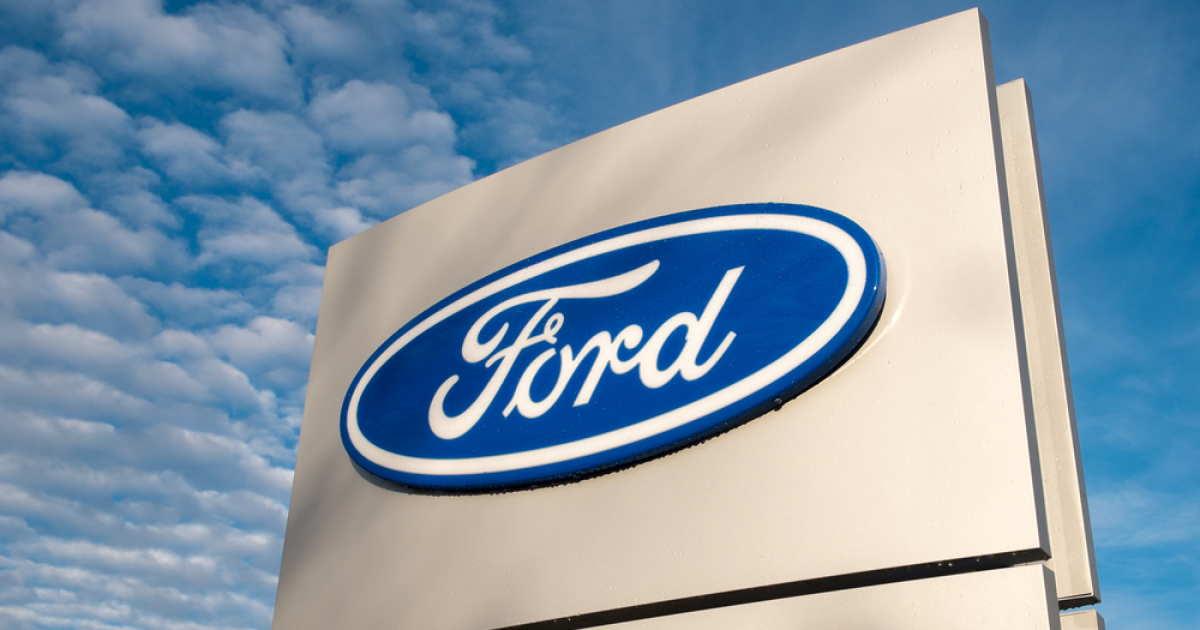World
The future of Europe, Ukraine, and the world order is not yet written, says the US national security advisor

Watch the full event
Event transcript
Uncorrected transcript: Check against delivery
Speaker
Jake Sullivan
National Security Advisor, United States
Introductory Remarks
Frederick Kempe
President and CEO, Atlantic Council
FREDERICK KEMPE: Good morning, everybody in the room. Good afternoon in Europe and all around the world joining us virtually.
Throughout its history, NATO has stood as a major force for good, advancing peace, prosperity and freedom across the Euro-Atlantic and beyond. US leadership has always been a central pillar in strengthening NATO’s collective defense, maintaining stability and security, and promoting peace since the alliance’s inception in 1949. What we’ve learned the last two days and what we all know is that the alliance faces new challenges, and we face a host of new challenges to the global order—maybe the biggest threat to the global system since the 1930s.
President Biden has called this an inflection point. The Atlantic Council has been using that language for some years, seeing it as the fourth inflection point—the period after World War I, period after World War II, period after the Cold War—and the fourth now will be the period after Ukraine prevails in its war—in Putin’s war of aggression against Ukraine.
What all those inflection points have in common is they have been shaped by US leadership alongside partners and allies in a less favorable way at the end of World War I, a more favorable way at the end of World War II, and this is history in motion. The post-Cold-War world is over, and we’re entering a new era that our next speaker, National Security Advisor Jake Sullivan, has defined as an era of strategic competition in an age of interdependence. Navigating this new era will again require US leadership—principled US leadership alongside partners and allies.
It’s in that spirit that it’s my distinct honor to introduce a US strategic thinker and actor whose insights and vision are crucial as we navigate the complex challenges of this century. His dedication to safeguarding international cooperation and advancing collective security has been unwavering.
Jake Sullivan’s career is marked by high integrity, intellectual rigor, a deep commitment to diplomacy, strategic thinking, and the pursuit of peace and stability. His leadership has been instrumental in strengthening our alliances, addressing global threats, and promoting a world order based on mutual respect and cooperation. He, like all of us, is navigating wars in Europe, the Middle East, tensions with China. Seldom has a national security advisor dealt with so many challenges simultaneously, as has the Biden administration.
Earlier this year at the World Economic Forum in Davos, Jake rightly contextualized this inflection point in which we find ourselves today. He said, and I quote, “Nothing in world politics is inevitable. We are in command of our own choices to shape the future for the benefit of our fellow citizens and future generations to come.” And that’s why we’re here today. That’s why we’re here all week, to make the right choices that shape that future.
So with that, ladies and gentlemen, please join me in welcoming the twenty-eighth assistant to the president for national security affairs, Jake Sullivan.
JAKE SULLIVAN: Well, good morning, everyone. It’s great to be here with all of you. And I really want to thank Fred for that unduly generous introduction. But I especially want to thank the entire team who made this forum possible, because this forum is a critical pillar of the summit. Every think tank, every sponsor, every NATO leader, every partner, every participant, and, frankly, every citizen who has participated in this forum, either live or virtually, over the course of this summit. I’m honored to have the chance to be here to just say a few words to such an impressive group.
I know that one thing that has been on all of our minds throughout this summit, and in the lead up to it, is Russia’s brutal war of conquest against Ukraine. Where are we and where are we headed? Just a few months ago, the situation looked extremely grim. Security funding for Ukraine was held up in our Congress here in Washington, and we all saw the consequences. Ukrainian soldiers on the front lines running out of artillery shells, literally rationing ammo. Ukrainian families worried that Russian forces would take town after town. And we did indeed see the Russians try to press their advantage, seizing that window of opportunity to take additional territory.
And back in April, just a few months ago, there were voices predicting that by the time of this summit here in Washington today, Ukraine’s lines would crack, Russia would be making a major breakthrough, and the backdrop of this summit would be Russia surging forward across the front. And to be frank, I imagine that many of the people actually in this room today thought that might be the case as well. But Ukrainian forces stood strong. And President Biden, with bipartisan support in Congress, moved heaven and earth to get the national security funding for Ukraine passed. And since then, the picture has changed considerably.
Russia’s Kharkiv offensive stalled out. Russia is continuing to throw wave after wave of men into the fight, taking little increments of territory but at astonishing cost. By and large, the front lines have stabilized. Ukrainian mobilization efforts have improved. Ukrainian units are building stronger fortifications and defensive lines. And, day by day, they’re pushing back. This is due to the people of Ukraine, to their sheer courage and commitment to their country and its freedom. But it’s also due to the support of the United States and nations around the world, including NATO allies here gathered at this summit. So this morning I want to speak a little bit about the picture as we see it in Ukraine, and the steps that we are taking to ensure that this war is a failure for Russia and a success for Ukraine.
I’ll start on the military side of things. The fundamentals of this conflict are artillery and air defense. And over the last few months, we’ve surged both to Ukraine, with the new resources authorized by the Congress, hundreds of thousands of rounds of 155 ammunition to the front lines to help Ukraine repel Russian attacks. And we’ve now provided Ukraine with long-range capabilities, ATACMS missiles, which the Ukrainians are employing with good effect in Russian-occupied areas of Ukraine, including in Crimea. And at this summit we’ve continued to make major moves.
First, allies have committed to collectively provide Ukraine with at least forty billion euros’ worth of security assistance over the next year. And that’s not just a dollar sign; that is equipment, tanks, armored fighting vehicles, artillery, missiles, the whole range of capabilities that Ukraine needs to be able to effectively fight and win.
Next, in partnership with our allies, we will provide Ukraine with five strategic air defense systems and dozens of tactical systems that are especially relevant to help protect Ukrainian forces on the frontlines. The strategic air systems will help Ukraine as it endures a continued pounding by Russia of its energy grid with Russian missiles and drones, and a continued assault on its frontlines by Russian planes. And we saw the horrific reality of Russia’s brutality with the attack on the children’s hospital in Kyiv just a few days ago, and we are working with the Ukrainians to deal with that attack and to respond with force and vigor.
From our own production, we’ll deliver hundreds of critical air defense missiles to Ukraine over the next year as well. There was a point earlier this year when it looked like Ukraine might run out of interceptors. But thanks to decisions President Biden has taken working with allies and partners, we will ensure that Ukraine remains supplied with the air defense missiles it needs for all of the batteries that we and our allies are now providing.
And together, the United States, Denmark, and the Netherlands have begun the transfer of F-16s to Ukrainian forces. And Ukrainian pilots will be operating in theater with those F-16s this summer. Like I said, major moves.
And we’re also steeled for the struggle ahead. President Putin thinks he can outlast Ukraine and its supporters, and he’s taken steps to put Russia’s industry—its defense industry, in fact its entire economy—on a wartime footing. And with help from Iran, from North Korea, and from the People’s Republic of China, he’s attempting to undertake Russia’s most significant defense expansion since the height of the Cold War. But make no mistake: This unsustainable war spending masks underlying weakness and fragility, and the economic costs for Russia are mounting and will compound over time.
Meanwhile, NATO allies have been making historic investments in our own defense industrial bases without distorting our national economies the way Russia has. Yesterday, for the first time ever, every ally pledged to develop plans to strengthen their defense industrial capacities at home. And like our defense spending commitment, these individual pledges are critical to our collective security. They’re going to help enable the alliance to prioritize production of the most vital defense equipment we need in the event of conflict and to produce the capabilities Ukraine needs as we speak to fight Russia on the battlefield. These pledges will also help forge new industry partnerships across the alliance, create jobs, and strengthen our economic competitiveness. And they will spur greater investment in NATO’s most significant advantage, our technology and innovation.
As the folks in this room know very well, Russia’s brutal war of conquest in Ukraine is evolving rapidly. The very shape of warfare is transforming before our eyes because of innovations—often deadly innovations—in technology and techniques and tactics. Ukraine’s continued success in this fight and our success in any future fight will depend on innovation, on creativity, on entrepreneurship, on adaptability. Ukraine and the Ukrainian people have that in spades, and they’ve demonstrated that since before the war began. But Ukraine will also have help from the collective innovation and entrepreneurship of its Western partners, and no one should bet against our collective advantage in this area. Already, we’re working with Ukraine to solve some of the key technological challenges of an evolving battlefield—electronic warfare, drones, demining—and more where that came from as the weeks and months unfold.
Now, taken all together the steps that I’ve laid out have put Ukraine in a stronger position on the battlefield, but the military side of this equation is only one part of the progress that we have seen over the course of 2024. Ukraine, with the support of the United States and other allies and partners, has made really remarkable diplomatic progress as well. Just look at the last month alone.
At the G7 summit in Italy, the United States and our partners reached a historic decision to make Russia pay for the damage they’ve caused by unlocking fifty billion from the Russian sovereign assets that we froze together. In Switzerland just a couple of days after that G7 summit, Vice President Harris and I had the honor to attend Ukraine’s peace conference to support President Zelenskyy’s vision for a just and lasting peace, in line with the UN Charter. That peace summit, attended by more than one hundred countries and international organizations, was a remarkable sign of Ukraine’s diplomatic strength and staying power—both because of the broad range of countries represented, and because those countries spoke with a single voice to say that any peace must be based on the principles of sovereignty, territorial integrity, and the basic maxim that we cannot allow one nation to take another nation’s territory by force.
In this same timeframe, around the G7 summit, President Biden and President Zelenskyy signed a bilateral security agreement reflecting a long-term commitment from the United States of America to provide Ukraine the means to ensure its future security. It was genuinely historic. And in a few hours, we’re going to make history again. President Biden will convene more than twenty world leaders, who have also signed their own bilateral security agreements with Ukraine, to launch the Ukraine Compact. This compact knits all of these countries together. And it makes clear that we will continue to support Ukraine in this fight, and we will also help build its force so it can credibly deter and defend against future aggression as well. And after this war is over, all of the countries in the compact will continue to have Ukraine’s back. just like we have it now.
Over the last couple of days, NATO has come together to announce new measures of long-term support for Ukraine. And the session this afternoon of the NATO Ukraine Council will put these on full display. This includes a new NATO military command in Germany led by a three-star general who will launch a training, equipping, and force development program for Ukrainian troops. Secretary General Stoltenberg will appoint a new NATO senior representative in Kyiv to deepen Ukraine’s institutional relationship with the alliance and engage with senior Ukrainian officials.
The alliance reaffirmed in its communique yesterday that Ukraine’s future is in NATO. This summit, the Washington Summit, is about building a bridge to NATO for Ukraine as they continue to implement important reforms. And the steps I’ve just laid out are the building blocks of that bridge. Together they make clear, Putin cannot divide us. He cannot outlast us. He cannot weaken us. And Ukraine, not Russia, will prevail in this war.
The landscape of this conflict today is far different than it was in April, when Ukraine was running out of supplies and equipment and Russia was on the move. Today on the battlefield, Russia is grinding away, but not breaking through. And Ukraine is exacting massive costs and attritting Russian strategic capabilities. Diplomatically, Ukraine has concluded a successful peace summit and signed new bilateral security agreements with more than twenty countries, as I mentioned before. And at this summit, Ukraine has secured a historic set of deliverables—air defense, F-16s, additional security assistance, a compact of nations committed to supporting Ukraine for the long term, and the concrete elements of a bridge to NATO.
It doesn’t mean the days ahead, the weeks ahead, the months ahead are not going to be difficult. They will be difficult. And no one knows that better than the people fighting on the front lines. None of the progress that we’ve seen so far was inevitable. None of it happened by accident. It took the Ukrainians stepping up, first and foremost. It also took NATO allies coming together to choose again and again to stand with them to defend the values that have always united us as democracies: freedom, security, sovereignty, territorial integrity. This is what our predecessors did for seventy-five years, and this is what we all must do in the years ahead, even when it’s tough—in fact, especially when it’s tough.
So, yes, the road ahead will be challenging. President Putin is determined to keep trying to take over Ukraine. And countries like Iran, North Korea, and China are cheerleading him. We’re clear-eyed about all of that. But we are also clear-eyed about Ukraine’s strengths and resilience and courage and commitment and effectiveness and capabilities. And we’re clear-eyed about our own, too. And we have confidence in Ukraine and confidence in ourselves. And with that, and with the actual work—the spadework that has gone into the results produced at this summit these last two days—we are demonstrating our commitment to stand with Ukraine in their current fight and into the future.
And what I would ask in closing is that as we look at the picture before us, and as we think about what we need to do to succeed and to help Ukraine succeed, that we recognize this war has been unpredictable from the start. People thought Kyiv would fall in less than a week; Kyiv still stands today. People thought earlier this year we’d be looking at a much different picture than we’re looking at today. The future, the history of Europe, of Ukraine, of the world order is not yet written. As Fred said in his opening comments, nothing is inevitable; it comes down to the choices that we make and the choices that we make together.
I believe we’ve taken some bold steps in the last few days and weeks. We will take more bold steps in the days and weeks to come. President Biden will have the chance to sit down with President Zelenskyy in a couple of hours to review all of this, and not to rest on our laurels by any stretch but to say now that we’ve come this far what more do we have to do to get the job done. And we will, together, get the job done.
So thank you for giving me the opportunity to be here today. And thank you for everything you do every day in service of our common vision for the transatlantic community and a better world for all. Thank you very much.
Watch the full event
Further reading
Image: US National Security Advisor Jakes Sullivan speaks at the NATO Public Forum on July 11, 2024.










